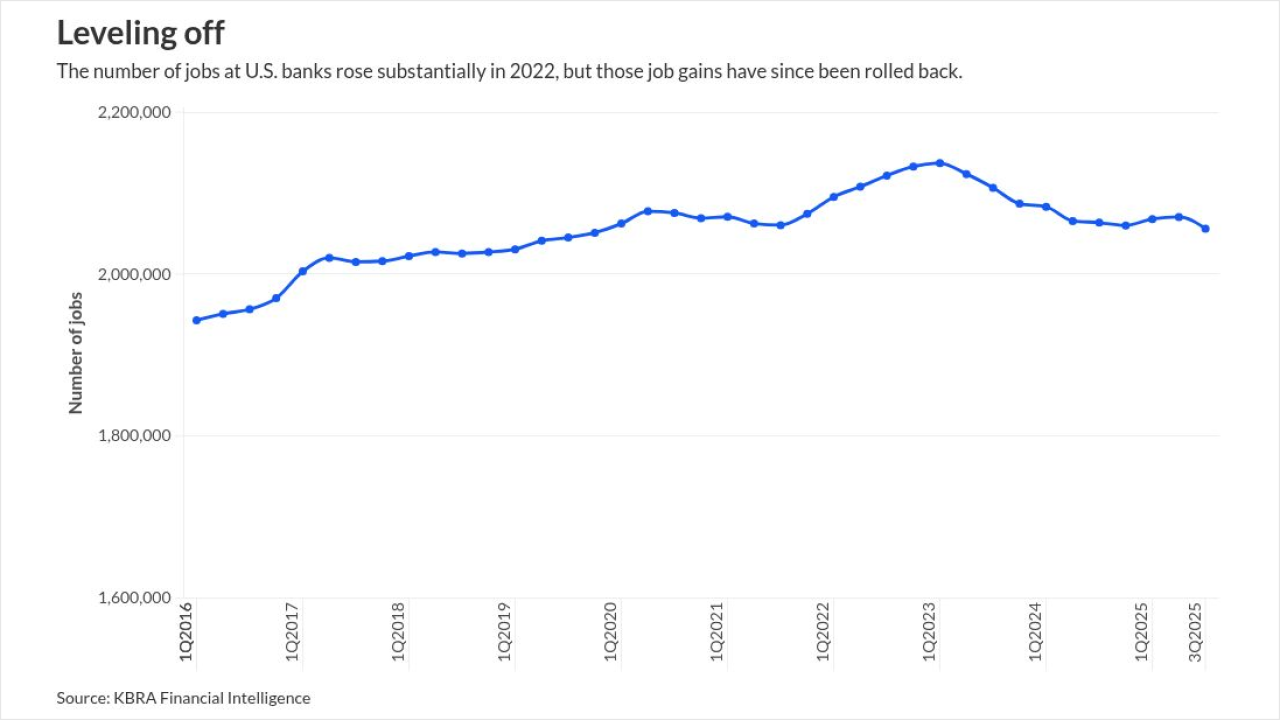New accounting standards on how hospitals report bad debt expense will improve hospital balance sheets and the comparability of some financial metrics, according to a report from Fitch Ratings.
Health care providers are required to adopt a new accounting standard update that alters how bad debt expenses are logged, starting with fiscal year 2012. Previously, hospitals recorded bad debt as an operating expense, but the update requires hospitals to record it as a reduction to net revenue.
Many hospitals count bad debt in their uncompensated costs, but experts differ on whether it should be included. They acknowledge a gray area between charity care and bad debt - more of a continuum rather than two absolutely different numbers.
While Fitch analysts said the update "did not fully address the problems presented by health care companies' diverse revenue recognition policies," it still gives hospitals and other providers a net revenue number that is closer to what they actually collect, which allows for better benchmarking and comparability.
Fitch also said the new accounting methodology "results in growth in reported revenue that is more closely aligned with underlying trends in payor reimbursement rates and acuity," according to the report.
Typically, bad debt includes bills people chose not to pay for whatever reason, rather than only those people who are not able to pay. Any business has bad debt, but doesn't get to claim it as a charity write-off, some experts say.
Under the new law, nonprofit hospitals are permitted to add bad debt in their tax filings but are required to calculate it in a different line item.





